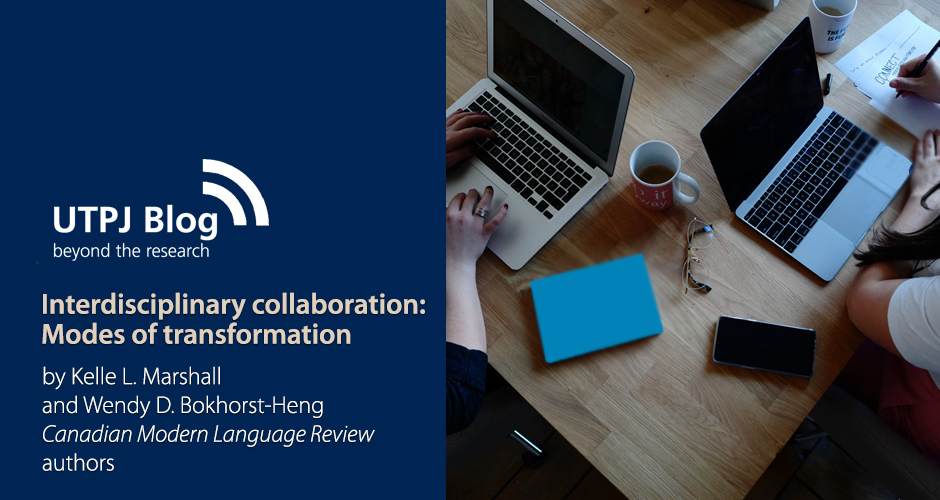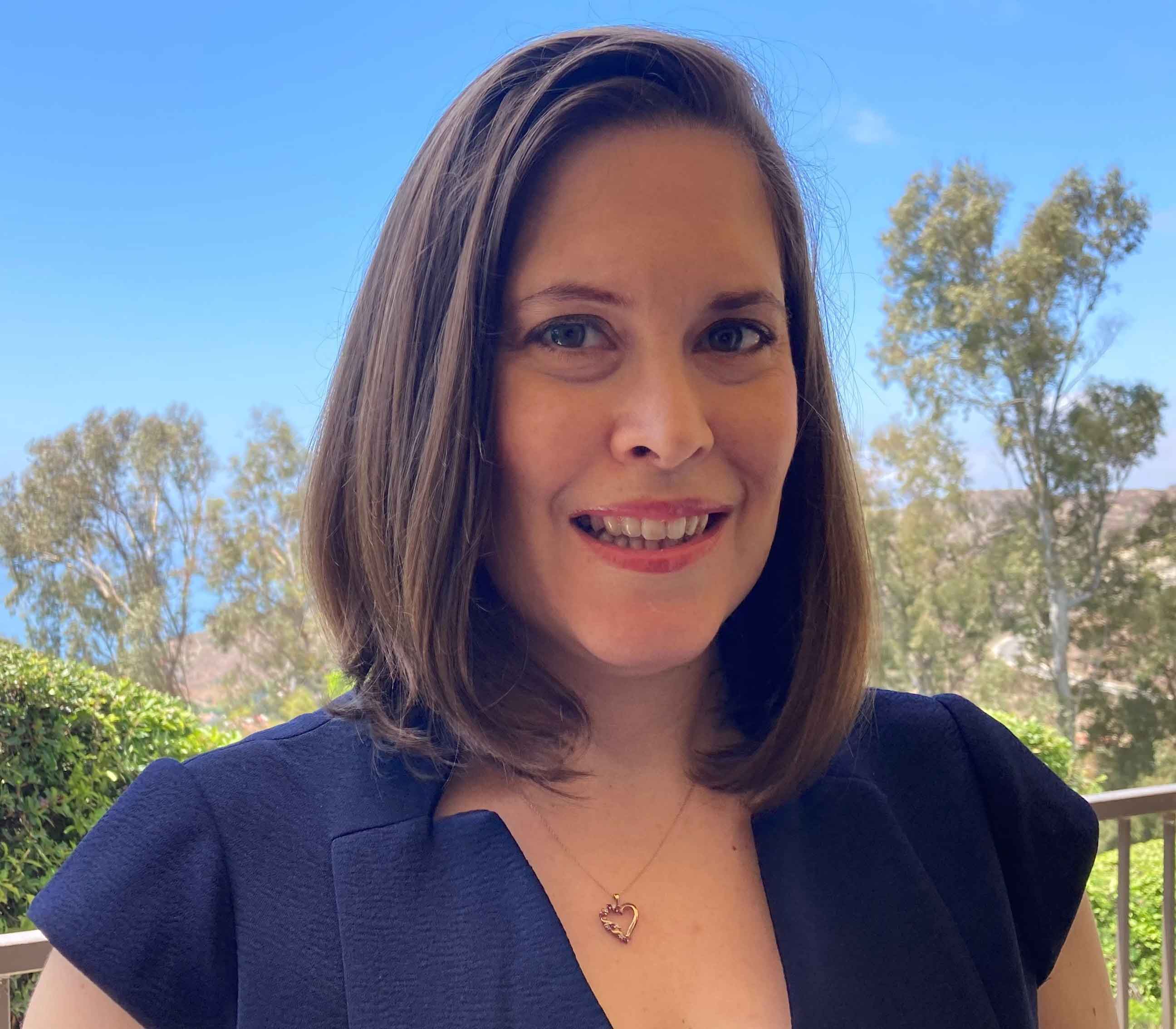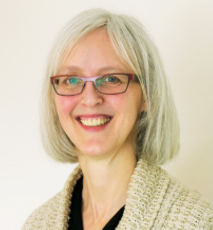
Written by guest bloggers Kelle L. Marshall and Wendy D. Bokhorst-Heng.
The field of applied linguistics has seen increasing calls for interdisciplinary research – perhaps the most notable coming from the Douglas Fir Group (2016). The group’s fifteen members represented eminent scholars specializing in different theoretical backgrounds. United in their common interest in second language acquisition (SLA), they published a framework advocating for an interdisciplinary conception of the field. Interdisciplinary research, they argued (and demonstrated), would bring greater depth of analysis and understanding of the language acquisition process. Yet, even with such acknowledged benefits, interdisciplinary collaboration is still relatively uncommon in applied linguistics, and very few, if any research teams have described what it is like to participate in such collaboration. In this post, we describe our own journey as an interdisciplinary research team.
Kelle has expertise in the French language, North American Francophone identities and ideologies, linguistic theory, and instructed SLA at the tertiary level, and Wendy in multicultural education, educational theory, K-12 education, language (bilingual) policy and language ideologies, and world Englishes. We share a background in Bourdieusian theory and in discourse analysis.
Origins. We’d like to say we were inspired by the Douglas Fir Group, but our research team was actually formed about a year and a half before their article was published. Though we had not made acquaintance prior to our introduction through a trusted colleague, our academic connections assured us that ours could be a successful interdisciplinary collaboration.
Communication. Communication, along with a good dose of goodwill, has been the key for our successful research collaboration. Since we did not know each other, initial transparency was essential regarding expectations of research output and frequency of communication (which we quickly discovered were shared). Especially important have been discussions where our understanding of concepts differs somewhat due to our disciplinary and cultural backgrounds. We communicate regularly: it is rare that three or four days go by without emails, and we video chat every few weeks. In fact, if more than four days go by with no correspondence, an email will invariably be sent with expression of concern: “Is everything alright?” And, we try to meet in person once a year for intensive discussions on our research.
Depth of analysis. We have found that our distinct, yet complementary, research profiles have directed the direction of our research and have enabled us to triangulate our analyses to yield more meaningful interpretations.
Publications. Because our work is interdisciplinary, it was hard initially to choose which journals best suited our work. Through a process of trial and error we discovered our framing of each article was integrally important to reviewers’ and editors’ understanding of our overall research project. Sometimes the blind review process has also hindered us, as some of our articles fit together like puzzle pieces, each contributing a piece of the conceptual map. Without purview to these links between articles, at times reviewers misinterpreted our findings.
In some ways, interdisciplinary collaboration in research is like a Professional Learning Community – described by Bryant (2012, p. 19) as “Shared practice [that] represents the norms of caring, collaboration, democracy, and information sharing among educators.” Our collaboration certainly comprises all of these qualities. However, it goes further than information sharing to transformation and epistemic, meaning-making in vibrant exchange.
First, as is true of any collaboration, it is transformative in how the writing process is less isolating, is more supportive (when you hit writer’s block, when you get a rejection from a journal or negative feedback from a reviewer, the writing partnership supports you in coming back to the writing in a way that can improve it), it is more fun! It is also more productive. As we both come from smaller universities with significant teaching and service duties, it can be difficult to balance our time. However, our complementary schedules with their ebbs and flows somewhat framed by our disciplines have allowed us to maintain a steady stream of progress on our writing projects.
Second, interdisciplinary collaboration is transformative in how the writing product is simply better because of it. Wendy speaks of how collaboration reminds her of what she learned about songbirds while living in China. A few times a week, she would bring her songbirds to a local park where songbird owners would gather, hanging their bird cages on a designated pole; the purpose was to let the birds learn from each other, with the net result that all of the birds became better singers.
Third, the partnership in interdisciplinary collaboration is transformative itself. We have reminisced more than once about how our collaboration and co-writing has evolved over the years. There is increasing trust, to the point where now we act as peer reviewers for each other’s work unrelated to our partnership. There is a blurring of the personal and professional aspects of the relationship – you find out that your partner can’t work on the paper because she has to take her children to piano lessons, and so forth. Or we suffer with each other when there are disruptions to our lives such as Kelle’s evacuation during a wildfire, and for both of us, COVID-19.
Fourth, there is personal transformation in interdisciplinary collaboration. Especially, interdisciplinary collaboration has the potential to be transformative in the lives of the researchers, both intellectually and personally. Perhaps most noteworthy is that in our case, through our collaborative research on intercultural competence, we have ended up developing a keener sense of it ourselves.

Dr. Kelle Marshall is Blanche E. Seaver Associate Professor of French Studies at Pepperdine University. She served as a Fulbright Specialist to Crandall University in 2019. Her research has focused on instructed second language acquisition and on North American Francophone linguistic identities and language ideologies. Her articles on Acadian artists’ identities and on Francophone social space have appeared in Language in Society, The French Review, and Minorités linguistiques et société / Linguistic Minorities and Society.

Dr. Wendy Bokhorst-Heng is an Associate Professor, Education at Crandall University, Canada. Her research interests include language identity and ideology, immersion education, and language policy in multilingual contexts, including New Brunswick, Canada and Singapore. Her journal publications include articles in Multilingua, TESOL Quarterly, and Language Policy. Recent book publications include a co-authored volume, International English in its Sociolinguistic Contexts (Routledge), and co-edited volumes Quadrilingual Education in Singapore: Pedagogical Innovation in Language Education (Springer) and (Re)Constructing Memory: Textbooks, Identity, Nation and State (Sense Publications).

Dr. Marshall and Dr. Bokhorst-Heng’s collaborative research unites their respective areas of expertise to investigate both linguistic identities and language ideologies among teachers, administrators, and students of French immersion education in Canada’s only officially bilingual province, New Brunswick. This research focuses particularly on cultural instruction, intercultural competence, students’ investment in language learning, and on immersion teachers as intercultural mediators and has been accepted or is forthcoming in Foreign Language Annals, the International Journal of Research & Method in Education, L2, The Canadian Modern Language Review, and The Modern Language Journal.
Their recent article in The Canadian Modern Language Review entitled, “Language Ideological Debates and Intercultural Learning in French Immersion Education” is free to read for a limited time here.
The UTP Journals blog features guest posts from our authors. The opinions expressed in these posts may not necessarily represent those of UTP Journals and their clients.
Comments on this entry are closed.